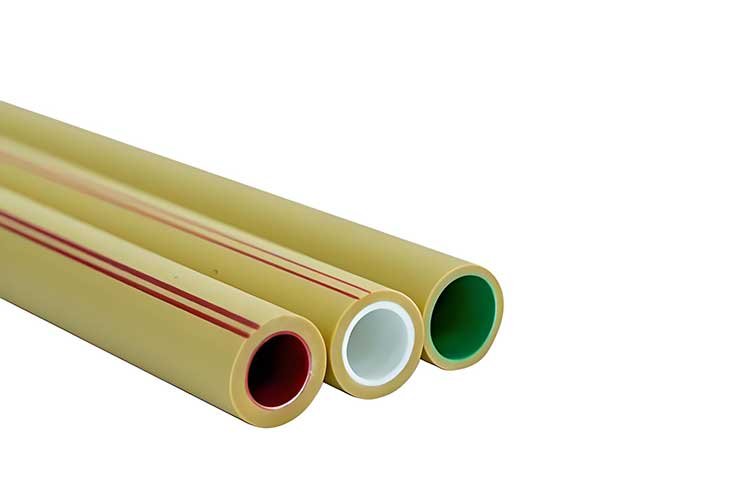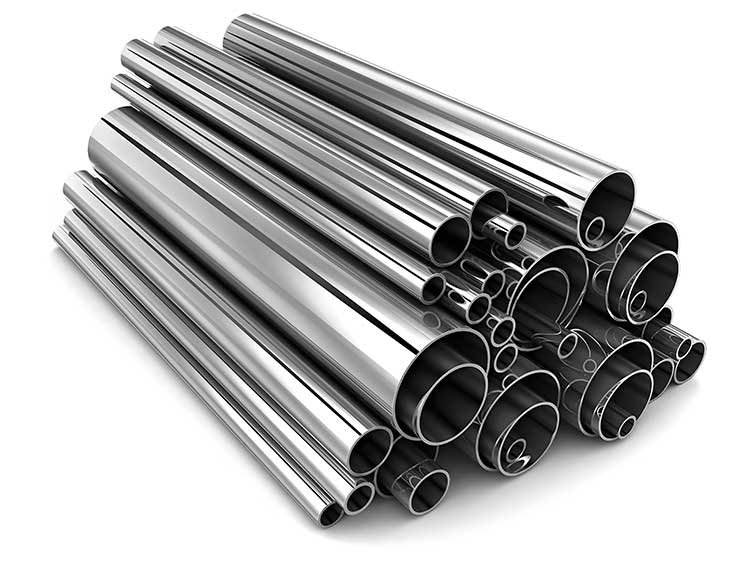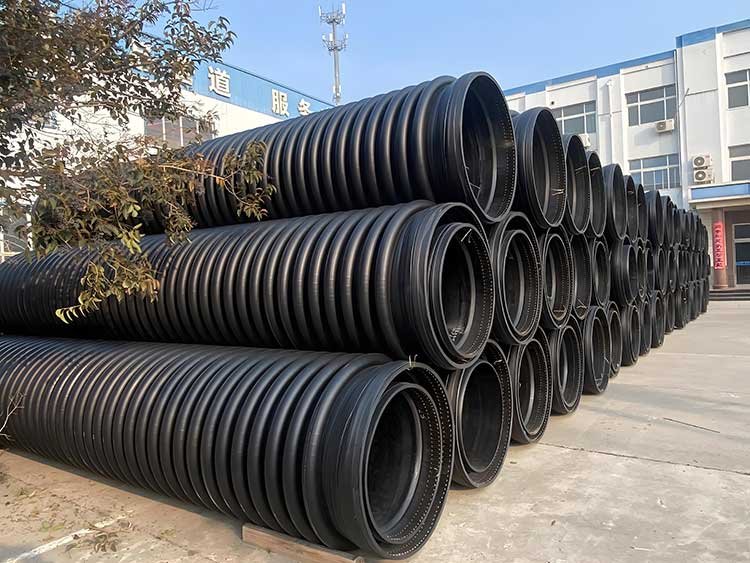Irrigation Pipe
Irrigation pipes are an indispensable part of modern agricultural irrigation systems. Their design and material selection directly affect the irrigation effect and resource utilization efficiency.
Send Your Inquiry Today
Irrigation Pipe Supply
Irrigation pipes are specially designed pipes used in agricultural irrigation systems to efficiently transport water from the water source to the root zone of crops. Pipeline systems are essential for optimizing water resource utilization, increasing crop yields, and achieving precision agriculture. Irrigation pipes must not only adapt to different terrain and soil conditions, but also consider the uniformity of water flow, minimization of pressure loss, and durability and ease of maintenance of the system.
Irrigation Pipe Main Features
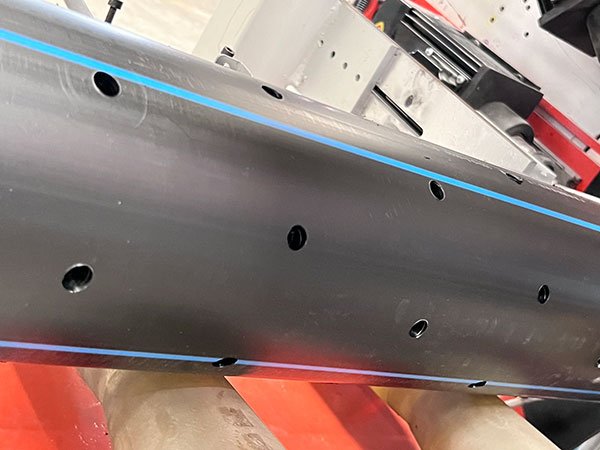
Irrigation Pipe Material Selection
Common irrigation pipe materials include:
Polyethylene (PE): Widely used in modern irrigation systems due to its good flexibility, corrosion resistance and economy.
High-density polyethylene (HDPE): With higher strength and rigidity, it is suitable for irrigation projects with more stringent requirements.
Polyvinyl chloride (PVC): Cost-effective, easy to install, suitable for fixed irrigation systems.
Aluminum or steel pipes: Although heavier and more expensive, they are still selected in some special cases (such as when extremely high pressure resistance is required).
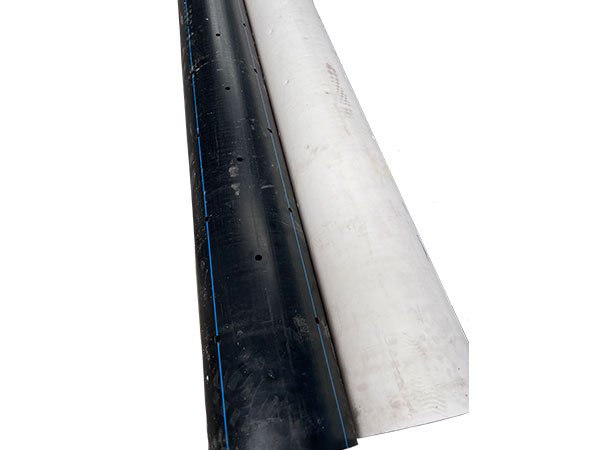
Applications of JUNTONG Irrigation Pipe
Drip irrigation system: Supply water slowly and precisely to the roots of plants through the drippers on the pipes, saving water and improving irrigation efficiency.
Sprinkler irrigation system: Use sprinkler heads to disperse water into fine droplets and spray them onto crops, simulating the natural rainfall process.
Micro sprinkler irrigation system: an irrigation method between drip irrigation and sprinkler irrigation, suitable for economic crops such as fruit trees and flowers.
Underground irrigation system: Pipes are buried underground to supply water directly to the root zone of crops, reducing evaporation losses, and is particularly suitable for arid areas.
Related Articles
PVC Corrugated Pipe vs. HDPE Corrugated Pipe: What are the Differences?
In large-scale engineering projects, corrugated pipes are essential protective conduits for power, communications, and other…
What is PPR pipe
PPR pipe play a key role in many industries. They can be used for heating…
Stainless Steel Pipe–Selection Guide
Stainless steel pipe are widely used in various industries, from petrochemicals to food processing, from…
What is HDPE Carat Pipe?
What is a carat pipe Carat Pipe is a hot-wound high-density polyethylene (HDPE) spiral-wound structural…
Thirteen types of municipal pipe materials
Municipal pipelines, a crucial component of urban infrastructure, drain rainwater from urban surfaces, provide industrial…
HDPE Siphonic Stormwater Pipe Installation and Construction
The roof rainwater drainage system uses HDPE siphon rainwater pipes, which can quickly and effectively…

